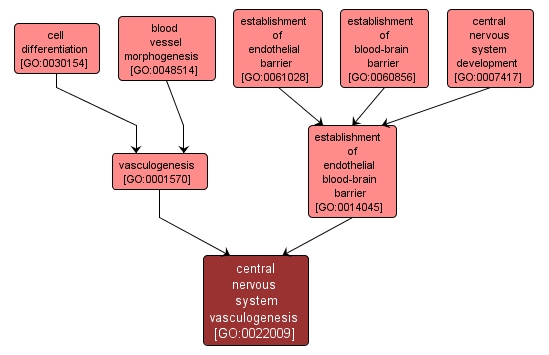| Desc: |
The differentiation of endothelial cells from progenitor cells during blood vessel development, and the de novo formation of blood vessels and tubes in the central nervous system. The capillary endothelial cells in the brain are specialized to form the blood-brain barrier. |














